Last Updated on June 5, 2024
I love Star Trek. It’s one of the most unique fandoms since it features multiple different properties in the same universe. Don’t get me wrong, I love Star Wars, but something about Star Trek that raises it to another level. There are so many shows that are unique in their own way. You have Star Trek T.O.S, Star Trek The Animated Series, Star Trek: The Next Generation, Star Trek: Deep Space Nine, Star Trek: Voyager, Enterprise, Star Trek: Discovery, Star Trek: Strange New Worlds, Star Trek: Prodigy, Star Trek: Lower Decks, and Star Trek: Picard.
The point is that there is something for everyone. Fans are a little bit less toxic than other fandoms. My theory is that because there are so many shows there is at least one show that everyone can agree is good. So if someone were to, let’s say, hate Prodigy, they may like Lower Decks, or maybe they think Next Generation is the only good Star Trek show. But because there are so many series, there is a better chance to link the fan love. I have met many Trekkers in my life, and I have yet to meet someone with whom I have nothing in common.
One Star Trek show that I loved that tended to divide fans was Star Trek: Deep Space Nine. In it, Avery Brooks starred as Commander Benjamin Sisco. Unlike other Trek main characters, he wasn’t a captain. Rather, he was a commander struggling with grief (and rage) after his wife was killed in an attack orchestrated by none other than Captain Picard when the Borg assimilated him as Locutus. The show centred partly around him being a single parent to his son, Jake, as well as his adventures commanding Deep Space Nine. It had a tremendous cast of characters, including René Auberjonois as the shape-shifter, Odo, Nana Vistor as Bajoran resistance veteran, Kira, Terry Farrell as Jadzia Dax, Alexander Siddig as Dr. Julian Bashir, Armin Shimerman’s Quark, and many more. It even had some TNG holdovers like Colm Meaney as Chief O’Brien, and (later) Michael Dorn’s Worf.
I adored this show; maybe it was because it broke all the rules. It wasn’t about a ship; they didn’t go out looking for adventure. Instead, adventure came to them. There was more emphasis on characters than techno babble. It was Star Trek Noir, and I loved almost every episode. But does it still hold up? Or am I under some alien virus?
Star Trek: Deep Space Nine was created by the late Michael Piller and Rick Berman. Both of them have had long careers in the Star Trek universe. Rick Berman helped develop Star Trek: The Next Generation with Gene Roddenberry and Maurice Hurley. He was the man behind Star Trek for many years, creating not only Deep Space Nine but also the Voyager and Enterprise series. Berman is a controversial figure in the Star Trek franchise. I would go into this more, but that’s an entire article in itself. On the other hand, Michael Piller was a legend in the Star Trek community. He was head writer on Next Generation and would eventually become a showrunner. Many have said that Piller was responsible for the success of Next Generation when he got the position. Again, if I went over Piller’s Star Trek career, it would be another episode.
Anyway, during TNG, Berman and Piller were approached by a network executive to create another Star Trek show to air while TNG was still going. Who was that executive? It was the myth, the legend, Brandon Tartikoff
Many viewers of Gone But Not Forgotten know who Brandon Tartikoff is because he was the man behind amazing shows like Night Court, Knight Rider, Miami Vice, and many more. Deep Space Nine is yet another feather in this man’s cap. When it came to DS9, Tartikoff had one order. This new show would not revolve around another starship exploring the universe; it would be a new kind of Star Trek show, and the adventures would be stationary. According to the season 2 DVD special feature “New Frontiers: The Story of Deep Space Nine,” the original idea that was batted around was to have the show based on a colony or planet. But shooting on location would have been too expensive, plus fans wanted to see a show in space, not a planet. So it was decided the series would take place on a space station. In the beginning, Star Trek was pitched as a space western like Wagon Trail. So since Deep Space Nine was a space station, it would be more like an Old Western town, evoking shows like the classic 1958 Western series The Rifleman.
In this video, which is embedded above, we dig into how DS9 wasn’t immediately adored by fans, and how it was rife with behind-the-scene turmoil, with poor ratings bringing it to a premature end. However, we also dig into how good the show became at a certain point during its run, and why it’s a huge favorite of Trek fans all these years later.







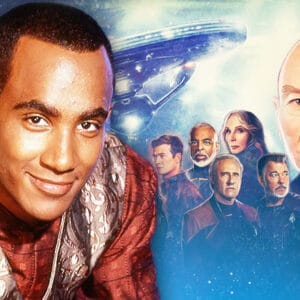
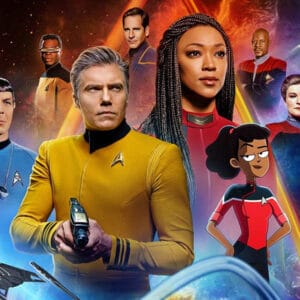
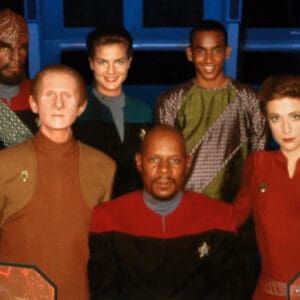


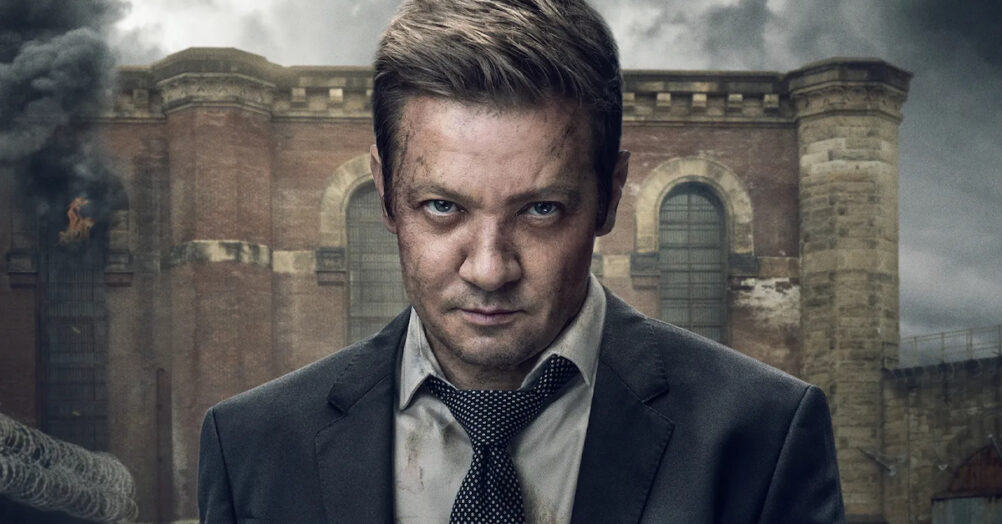



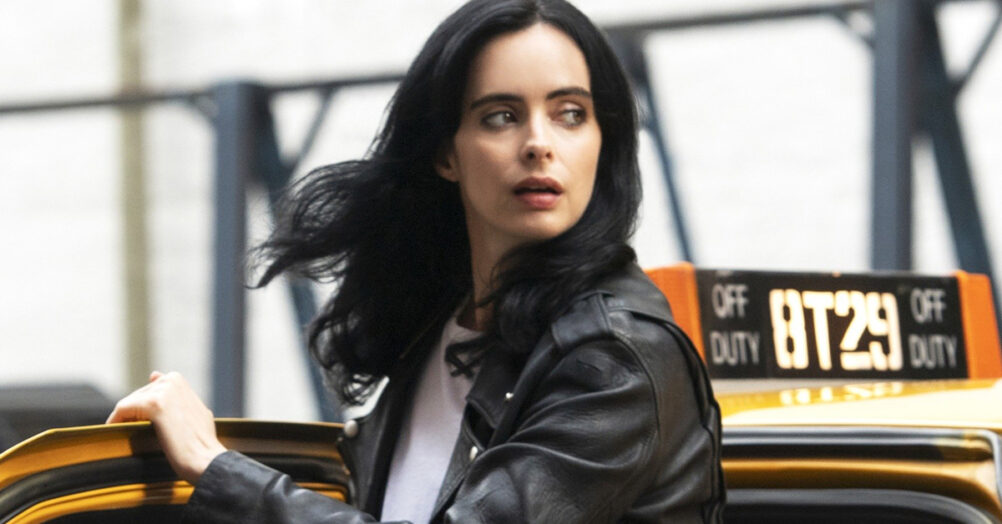



Follow the JOBLO MOVIE NETWORK
Follow us on YOUTUBE
Follow ARROW IN THE HEAD
Follow AITH on YOUTUBE